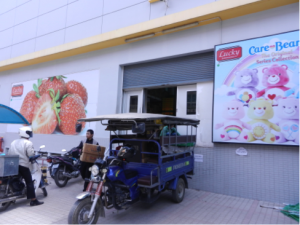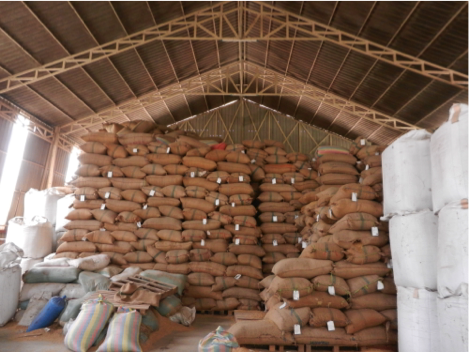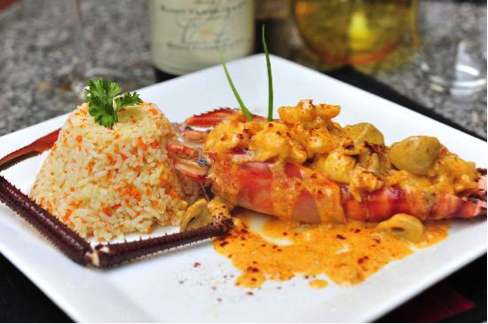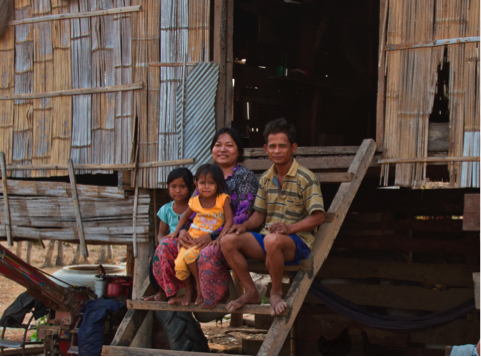Morning breaks and Mr. Phearun loads a tuk-tuk with rice, numberless airtight packages of premium-quality, organic brown rice. Phnom Penh’s traffic is hectic, but he cannot be late. There are supermarkets and restaurants waiting, and this is not just any grain. Reducing chemical inputs in a floodplain is no easy feat, nor is ensuring forest and wildlife conservation in protected areas, but since 2009, the Wildlife Conservation Society and Sansom Mlup Prey – an NGO whose name means “Saving the Forest” in Khmer – have been innovating the way rice is grown and distributed in Cambodia.

Small farmers in protected areas in the northern provinces plant rice at the beginning of the rainy season. The region is home to myriad large mammals and water birds, including the Giant Ibis, Cambodia’s national bird, which gives the product its name. Members of the village marketing network committee buy the harvest at a premium price from families who followed the strict rules which allow it to bear the name Ibis Rice: no plot expansion beyond the community’s established land management plan, no forest clearing or killing of wildlife in the paddies, and no use of chemical inputs. The Ibis Rice production contract serves as a mechanism to reduce the environmental burdens associated with traditional rice cultivation. Sansom Mlup Prey is in charge of transporting Ibis Rice to Phnom Penh, where it is milled, packaged, and distributed around the country. Ibis Rice is served at hotels like La Maison d’Angkor, in several restaurants in Siem Reap, including The Haven and Taberu, and in many other eateries in Phnom Penh. Since the Ibis Rice value chain is significantly shorter that that of conventional rice, producers get to keep the additional value that is often distributed among multiple middlemen.

With support from USAID and other donor agencies, Ibis Rice aims to protect endangered wildlife in Cambodia’s Northern Plains. Ibis Rice is certified Wildlife Friendly, and in addition to its conservation and improved livelihoods multipurpose goals, it provides Cambodia’s markets with rice of the finest quality.
In his daily rounds, Mr. Phearun dons a green shirt with a drawing of a brown Giant Ibis. It reads, “Eat Rice, Save Birds.” The simple slogan describes a titanic endeavor, but Ibis Rice’s many years of engaging with communities and building strategic alliances exemplify the reworking of a critical threat into an auspicious opportunity.

By David Beron – Canopy Bridge


